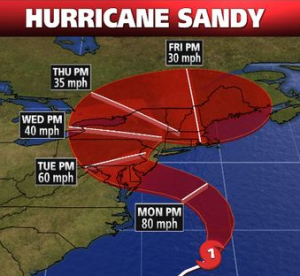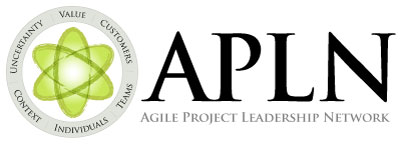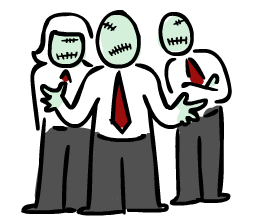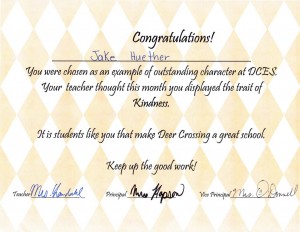I have a very distinct leadership style. Those who I work for will attest to this. I'm not talking about superiors. I'm talking about subordinates. In order to help build a culture I am proud of, I uphold altruistic principles. I am a servant-leader.
Servant-leadership is a philosophy and practice of leadership, coined and defined by Robert Greenleaf. Upon doing my research, I read that Greenleaf felt a growing suspicion that the power-centered authoritarian leadership style so prominent in U.S. institutions (of the time) was not working. In 1964, he took an early retirement from IBM to founded the Center for Applied Ethics. Yes, 1964!
When representing ethical leadership on a grid (see above), the graphic should help put into perspective who leaders are and what leaders do.
Egoism: When a person acts to create the greatest good for himself or herself. You can find people exhibiting this orientation at every level of an organization. When the organization and its employees make decisions merely to achieve individual goals (at the expense of others), they lose sight of a larger goal.
Utilitarianism: The idea that the moral worth of an action is determined solely by its usefulness in maximizing utility or minimizing negative utility. The focus is to create the greatest good for the greatest number of people. In Star Trek II: The Wrath of Khan, Spock says "logic clearly dictates that the needs of the many outweigh the needs of the few."
Altruism: The opposite of egoism, a person's primary purpose is to promote the best interests of others. From this perspective, a leader may be called on to act in the interests of others, even when it runs contrary to his or her own self-interests. In Start Trek III: The Search for Spock, Kirk says altruistically, "Because the needs of the one... outweigh the needs of the many."
Larry Spears, the head of the Greenleaf Center for Servant-Leadership for 17 years, identified ten characteristics of servant-leaders in his 2004 article Practicing Servant-Leadership. The ten characteristics are listening, empathy, healing, awareness, persuasion, conceptualization, foresight, stewardship, commitment to the growth of people, and building community.
Unlike leadership approaches with a top-down hierarchical style, servant leadership instead spawns collaboration, trust, empathy, and the ethical use of power. At heart, the leader is a servant first, making the conscious decision to lead in order to better serve others, not to increase their own power.
The objective is to enhance the growth of individuals in the organization and increase teamwork and personal involvement. Exhibiting servant-leader qualities tends to give a leader authority versus power.
Are you a servant-leader?
 As Hurricane Sandy approaches the East Coast, we're already feeling its impact. You can't find batteries, milk, toilet paper, or bread anywhere. The only thing I went out looking for yesterday was coffee. Strangely enough, I didn't have to fight anyone for it. It was interesting to watch people and see how they handled the stress of the situation.
What I find even more interesting is how leaders are handling all of this. By title alone, they should lead, right? I see this as an opportunity for us to distinguish the wheat from the chaff. Some leaders are doing just what they should. They are leading. They are establishing states of emergency, they are closing schools, and shutting down public transportation. Others are just waiting to see what others are going to do. Though I am a strong proponent of waiting to make a decision until the last responsible moment, it feels like that moment has passed. Has your leader stepped up?
As Hurricane Sandy approaches the East Coast, we're already feeling its impact. You can't find batteries, milk, toilet paper, or bread anywhere. The only thing I went out looking for yesterday was coffee. Strangely enough, I didn't have to fight anyone for it. It was interesting to watch people and see how they handled the stress of the situation.
What I find even more interesting is how leaders are handling all of this. By title alone, they should lead, right? I see this as an opportunity for us to distinguish the wheat from the chaff. Some leaders are doing just what they should. They are leading. They are establishing states of emergency, they are closing schools, and shutting down public transportation. Others are just waiting to see what others are going to do. Though I am a strong proponent of waiting to make a decision until the last responsible moment, it feels like that moment has passed. Has your leader stepped up?






